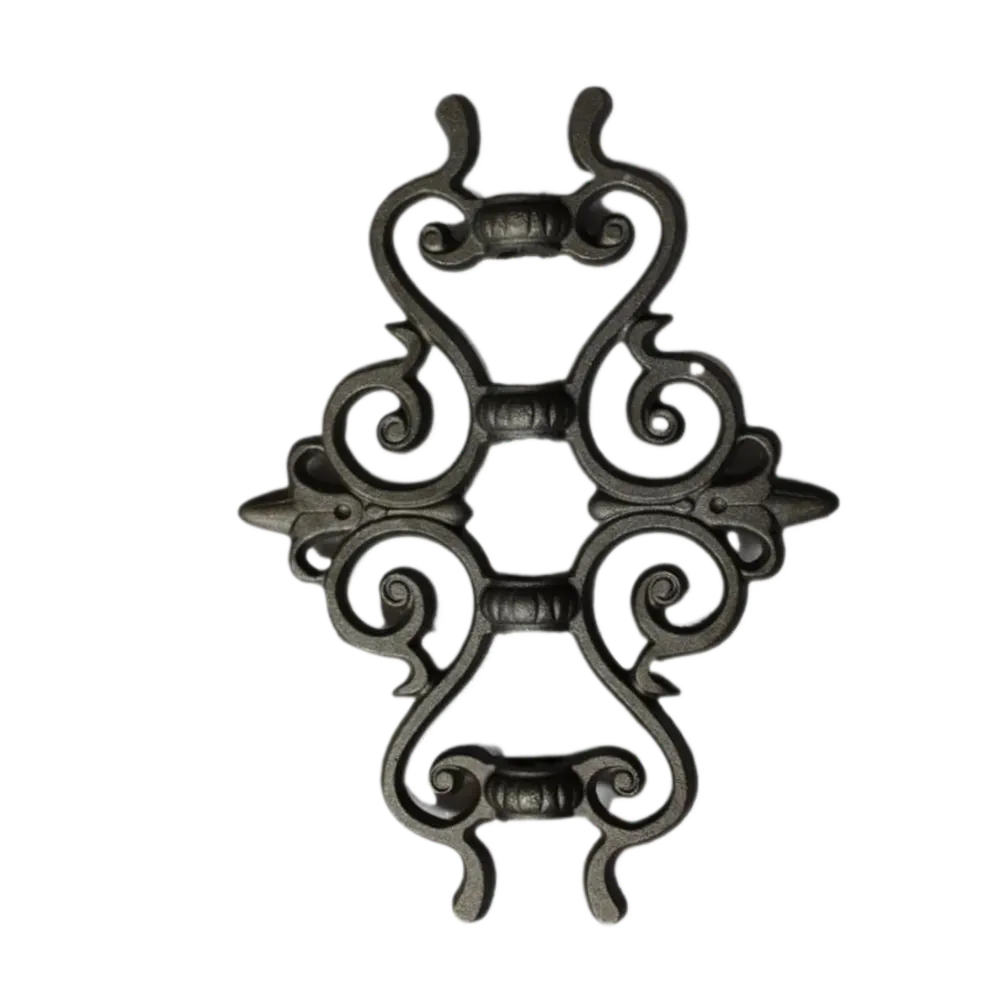Exploring Various Types of Sliding Door Rollers for Enhanced Functionality and Durability
Types of Sliding Door Rollers A Comprehensive Guide
Sliding doors are a popular choice in many homes and commercial spaces due to their space-saving design and aesthetic appeal. However, the smooth operation of these doors heavily relies on the type of rollers used for their movement. Understanding the various types of sliding door rollers can help you choose the right one for your needs, whether you are installing a new sliding door or maintaining an existing one.
1. Standard Rollers
Standard rollers are the most common type found in sliding doors. Made of durable plastic or nylon, these rollers work on a track system to facilitate the sliding mechanism. Standard rollers are ideal for light to medium-weight doors and are typically used in residential applications. They offer a balance of affordability and functionality, making them a popular choice for homeowners.
2. Ball Bearing Rollers
For a smoother operation and enhanced durability, ball bearing rollers are an excellent option. These rollers incorporate small metal balls between their casing, reducing friction during movement and allowing the door to glide effortlessly. Ball bearing rollers are suitable for heavier sliding doors, making them ideal for glass or solid wood doors in both residential and commercial settings. Their ability to withstand more weight and provide smoother operation often justifies the higher price point.
As the name suggests, heavy-duty rollers are designed for heavy sliding doors. They are typically made of robust materials like steel or reinforced nylon, offering increased stability and load-bearing capacity. Heavy-duty rollers are essential for large patio doors, industrial sliding doors, or any application where the weight of the door surpasses standard capacities. If you have a heavy door that needs reliable operation, heavy-duty rollers are a must.
types of sliding door rollers

4. Adjustable Rollers
One of the most significant advantages of adjustable rollers is their versatility. These rollers allow you to modify their height and alignment, making it easier to ensure that the door operates smoothly and is properly aligned on the track. This feature is particularly beneficial during installation or when adjusting for wear and tear over time. Adjustable rollers are available in various designs, including ball-bearing and heavy-duty models, combining ease of use with robust functionality.
5. Floor-Mounted Rollers
In specific applications, floor-mounted rollers may be preferred. These rollers are installed at the bottom of the door and support its weight while allowing for smooth horizontal movement. Floor-mounted systems can be particularly advantageous in areas where a top track may not be feasible or aesthetic. They are commonly used in commercial settings or in classic architectural designs.
6. Specialty Rollers
For unique sliding door designs or applications, specialty rollers may be necessary. These could include rollers for curved tracks, bi-fold doors, or even pocket doors. Specialty rollers are designed specifically to meet the requirements of non-traditional sliding door configurations and can be customized to fit various design elements.
Conclusion
Choosing the right type of sliding door roller is crucial to ensuring the functionality and longevity of your sliding door system. Whether you're dealing with standard, heavy-duty, or specialty rollers, understanding their distinct characteristics will help you make an informed decision. Proper installation and maintenance of these rollers can enhance the overall performance of your sliding doors, providing convenience and style for years to come. Keep in mind the weight of your door, its intended use, and the specific design when selecting the best roller type for your application, ensuring that your sliding door functions flawlessly.
-
Wrought Iron Components: Timeless Elegance and Structural StrengthNewsJul.28,2025
-
Window Hardware Essentials: Rollers, Handles, and Locking SolutionsNewsJul.28,2025
-
Small Agricultural Processing Machines: Corn Threshers, Cassava Chippers, Grain Peelers & Chaff CuttersNewsJul.28,2025
-
Sliding Rollers: Smooth, Silent, and Built to LastNewsJul.28,2025
-
Cast Iron Stoves: Timeless Heating with Modern EfficiencyNewsJul.28,2025
-
Cast Iron Pipe and Fitting: Durable, Fire-Resistant Solutions for Plumbing and DrainageNewsJul.28,2025
-
 Wrought Iron Components: Timeless Elegance and Structural StrengthJul-28-2025Wrought Iron Components: Timeless Elegance and Structural Strength
Wrought Iron Components: Timeless Elegance and Structural StrengthJul-28-2025Wrought Iron Components: Timeless Elegance and Structural Strength -
 Window Hardware Essentials: Rollers, Handles, and Locking SolutionsJul-28-2025Window Hardware Essentials: Rollers, Handles, and Locking Solutions
Window Hardware Essentials: Rollers, Handles, and Locking SolutionsJul-28-2025Window Hardware Essentials: Rollers, Handles, and Locking Solutions -
 Small Agricultural Processing Machines: Corn Threshers, Cassava Chippers, Grain Peelers & Chaff CuttersJul-28-2025Small Agricultural Processing Machines: Corn Threshers, Cassava Chippers, Grain Peelers & Chaff Cutters
Small Agricultural Processing Machines: Corn Threshers, Cassava Chippers, Grain Peelers & Chaff CuttersJul-28-2025Small Agricultural Processing Machines: Corn Threshers, Cassava Chippers, Grain Peelers & Chaff Cutters












